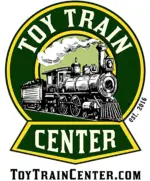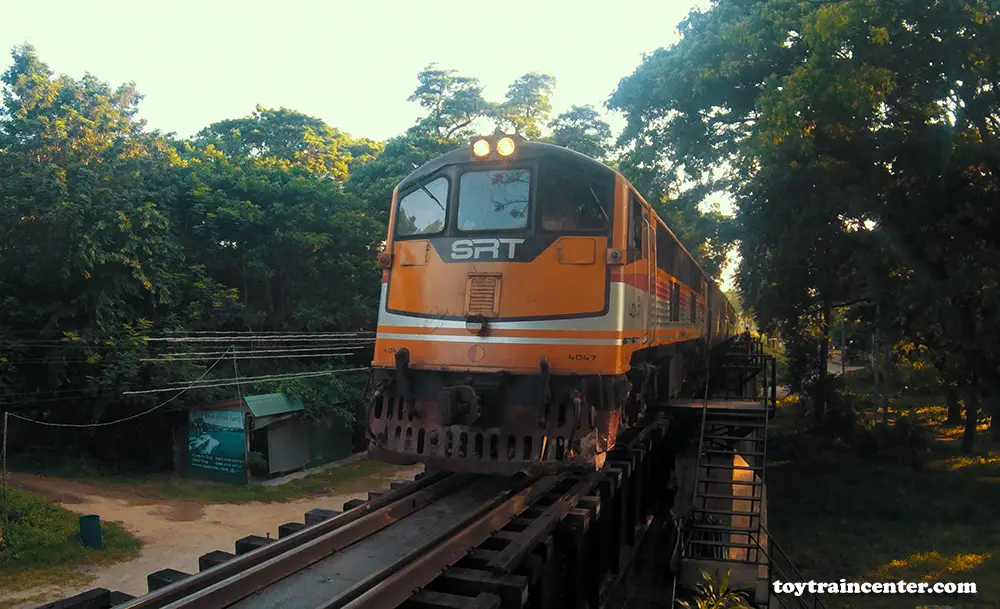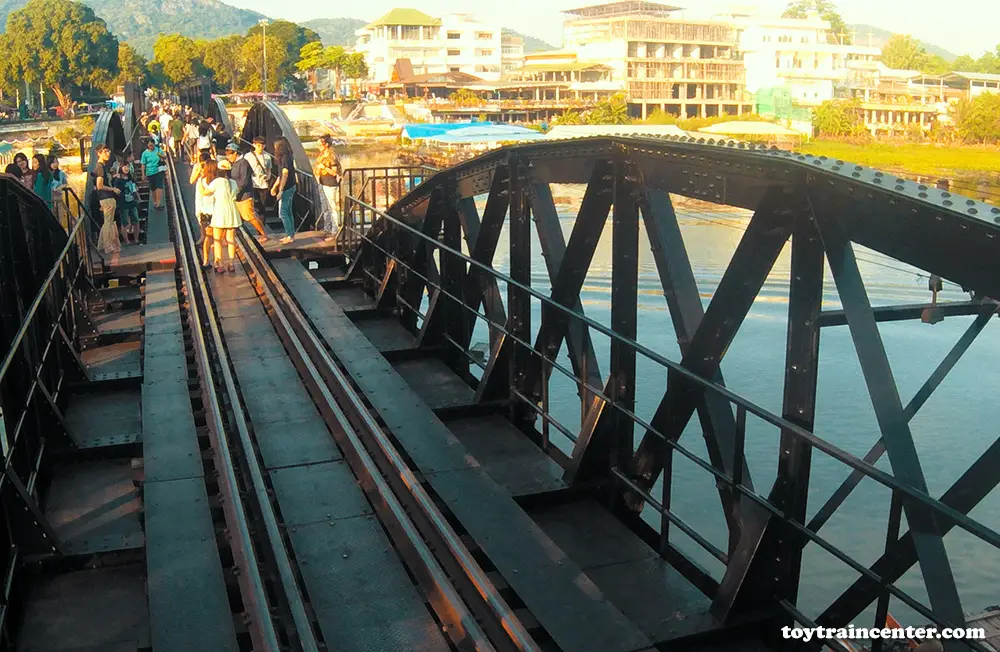Trains today are fast. Very fast. But that hasn’t always been the case. Up until the late 1900s trains were much more limited than they are today in both speed and safety. It wasn’t just the train’s physical limitations that affected their speed, it was poor track maintenance too.
In this article we will provide an answer to the question of how fast did trains go in the 1900s.
Train Limitations
Trains in the 1900s were obviously not as advanced as they are today (compare them with today’s Japanese Shinkansen!). The main factor is that they were steam-powered at first and later being diesel-powered, not electric. Steam-powered trains had a much more limited power output. These trains were still incredible innovations, but train manufacturers had not yet had time to study and improve them enough to go even as fast as we travel in our cars today. By the end of the 1900s, electric trains had begun to phase in and speeds were improving massively. Getting across the country via train would now take a fraction of the time it did before.
Track Limitations
Although the trains were capable of going pretty quick, their tracks often didn’t allow them to. Building and maintaining railway tracks is not cheap or easy work even by today’s standards, and in the 1900s it was even worse. Although towards the end of the century tracks were improving in quality and their ability to be swapped out and repaired, the pre-World War 1 trains had to struggle travelling along poorly maintained tracks.
Safety Limitations
Throughout the first half of the 1900s, safety was a major issue. Excluding the obvious increase in risk during wartime, there was a major problem stemming from poor track maintenance. Poorly maintained tracks were obviously not safe. It is as simple as that: running a train at full speed not only degrades the tracks faster thus adding to the problem, but running faster on unsafe tracks increases the risks of derailment exponentially. Traveling faster increased the risk of crashing, and when you did crash the damage was much more catastrophic at higher speeds than it might otherwise have been. Post-World War 2 safety standards steadily began to improve throughout the world and by the end of the 1900s trains were similar to in safety as they are today.
If you are interested in learning more about railway safety in detail, this public domain PDF document from Northwestern University – Chicago is so incredibly detailed.
So what were the speeds of the train?
Average Speed
Average speed varied greatly over the century so we will outline different averages depending on different parts of this era.
The early 1900s: 45mph was about the average as trains were still struggling with design limitations and poorly maintained tracks.
The mid-1900s: Trains could travel at an average speed of about 87mph.
The end of the 1900s: Trains could average anywhere between 200 and 300mph.
The Top Speed
The first new passenger train speed record of the 1900s was recorded in the UK in 1934. The Flying Scotsman set an authenticated record of 100mph, while the previous record was of 82mph set in 1854.
In 1954, a passenger train speed record was set by the French Alsthom CC7121. This train reached the amazing speed of 151mph.
Towards the very end of the 1900s, a Japanese train, the MLX01, set a new world record in 1999 with a whopping 341 mph.
If you are interested in all train speed records, here’s a good secondary resource for you.




